Large parts of the UK, much of Europe and many other parts of the world are currently experiencing a severe drought, the effects of which are all around us to see. In Spain farmers are switching from growing olives to growing pistachios (a more drought-resistant crop) in a bid to survive. In the UK growth of fruit and vegetables is stunted due to lack of water. River flow rates in England are at their lowest since 2002 with potentially disastrous consequences for wildlife and habitats, and trees are shedding their leaves much earlier than usual because they are not getting the water they need in order to survive. In Africa countries such as Kenya, Ethiopia and Somalia are experiencing their worst drought in 40 years.
At the same time much of the world is facing an energy crisis as a result of the war in Ukraine. Energy prices are rising at levels not seen since the 1970s. In the UK energy bills are forecast to rise by up to 80% in October. The effect on business costs is proving to be disastrous for many businesses, with predictions that thousands of small businesses will have to close because they cannot afford to pay their energy bills.
Saving water and cutting electricity use are closely linked
In short, using less water and electricity has never been more important. Indeed, the very survival of your business may depend on it. But did you know that the two are closely linked? People often think of cutting water use and using less electricity as two separate things but it fact doing one can significantly help with the other. This is because water is heavy and so it requires power in order to move it around from its source to where it’s actually needed. Similarly, hot water requires energy to be heated. If you can use less water, and in particular less hot water, your energy bills will fall.
For businesses, the energy costs associated with moving water around can be very significant indeed. For example, the energy cost of associated with irrigating 1,000 acres of farmland using a pump-based irrigation system has been estimated at around $35,000 per year. In California, 20% of the state’s electricity and 30% of its natural gas that isn’t used by powerplants goes into the water system – from pumping and delivering water through to disposing of wastewater. Water use accounts for 6% of all carbon dioxide emissions in the UK.
Cutting your water use is no longer an ‘optional extra’
Historically many people have seen cutting water use as a sort of ‘optional extra’ – something that it’s good to do if you can but that isn’t a high priority. Water has been viewed as something that’s freely available whenever you turn on a tap rather than as a limited resource that has a potentially high cost associated with it. At Ecoprod we can see that this is changing now. The organisations we talk to now are much more focused on the importance of cutting water use back as far as is practical, not only because it’s the right thing to do from an environmental perspective but also because it benefits the organisation by cutting costs.
This is one of those areas where every little helps. Literally every drop counts. Whether you’re able to conduct a full water saving retrofit or you’re only able to make small changes to your existing set up, there are a myriad of ways that all organisations, whatever their size or current situation, can use less water.
Here are some ways that Ecoprod can help you
- Download your free copy of our Guide to Saving Water in your Business – a comprehensive overview of what can be done to reduce water use across your organisation, whether you’re planning a complete washroom or kitchen refit or are looking for quick wins that can be implemented within your current set up.
- Talk to us about rainwater harvesting, greywater recycling and storm water management
- We offer a range of water saving washroom products from waterless urinals (each one of which saves around 100,000 litres of water per year) to low flow, energy efficient taps and showers – talk to us today about your needs.




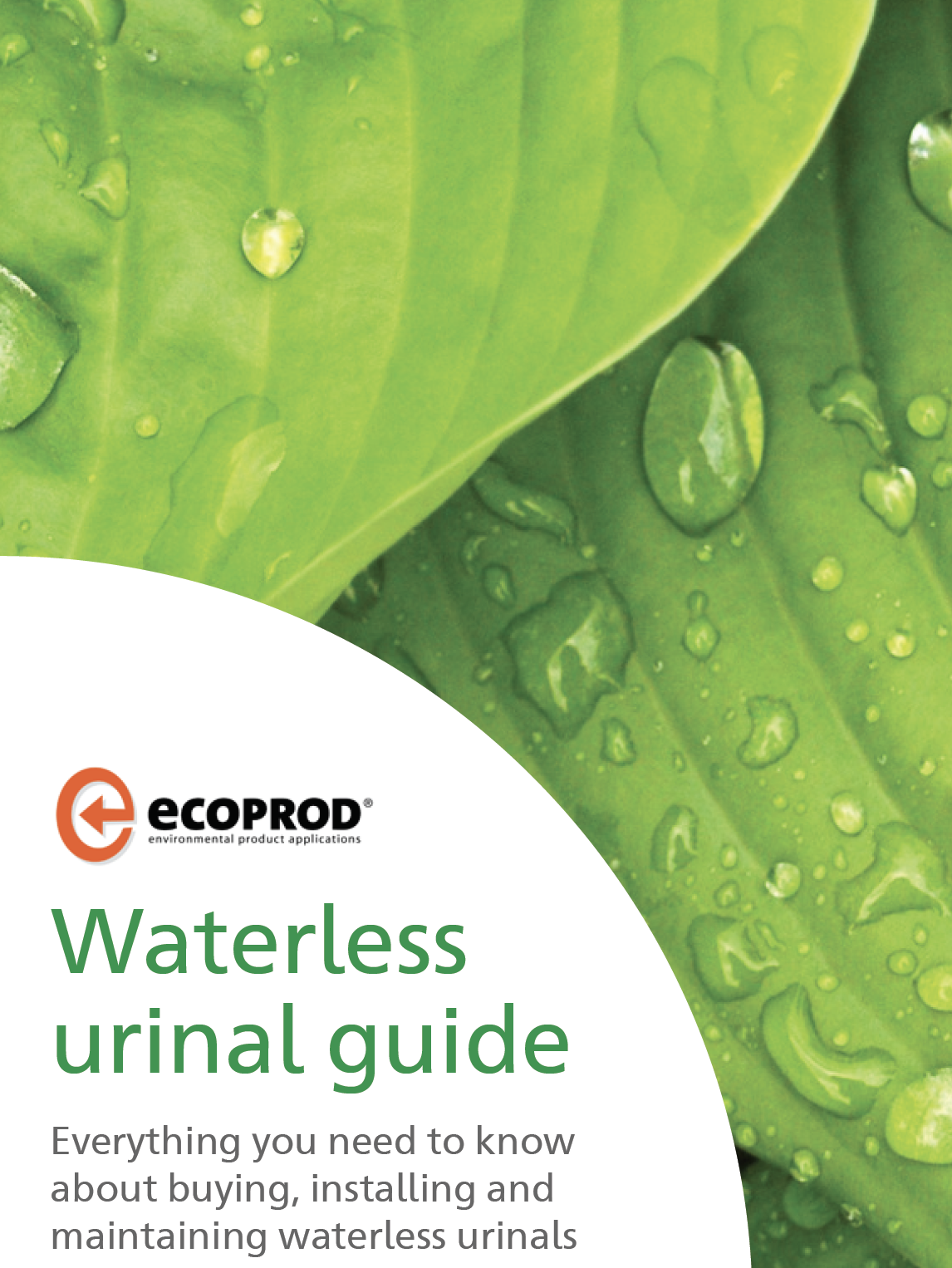
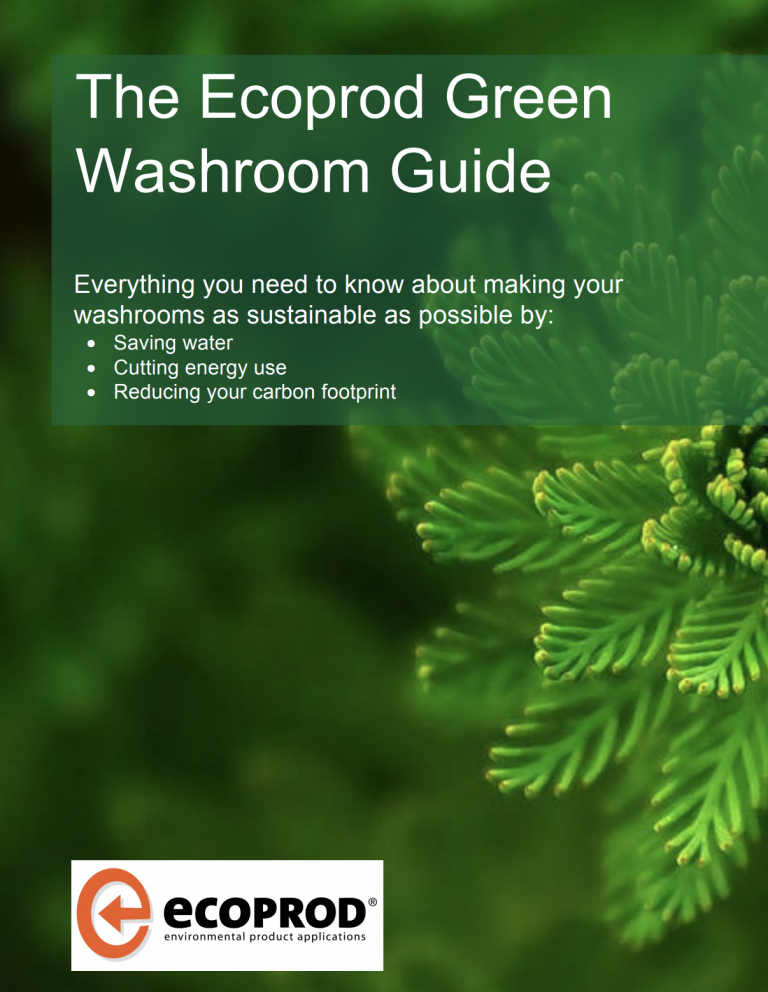
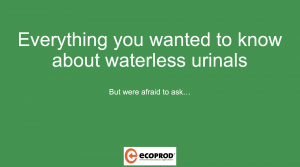
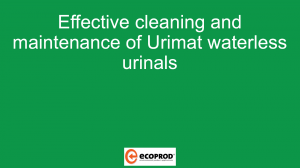





 For the last 8 years Robert Summer – Head of International Sales and Marketing – has developed structured distribution network worldwide for CONTI+ brand. The products offer great benefit for washrooms and shower rooms for public, semi-public and health sector. Today, sustainability, hygiene and smartness are key to CONTI+ solutions. Robert lives the brand and its USPs and loves to support and motivate his team on a daily basis.
For the last 8 years Robert Summer – Head of International Sales and Marketing – has developed structured distribution network worldwide for CONTI+ brand. The products offer great benefit for washrooms and shower rooms for public, semi-public and health sector. Today, sustainability, hygiene and smartness are key to CONTI+ solutions. Robert lives the brand and its USPs and loves to support and motivate his team on a daily basis.




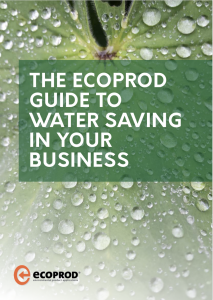
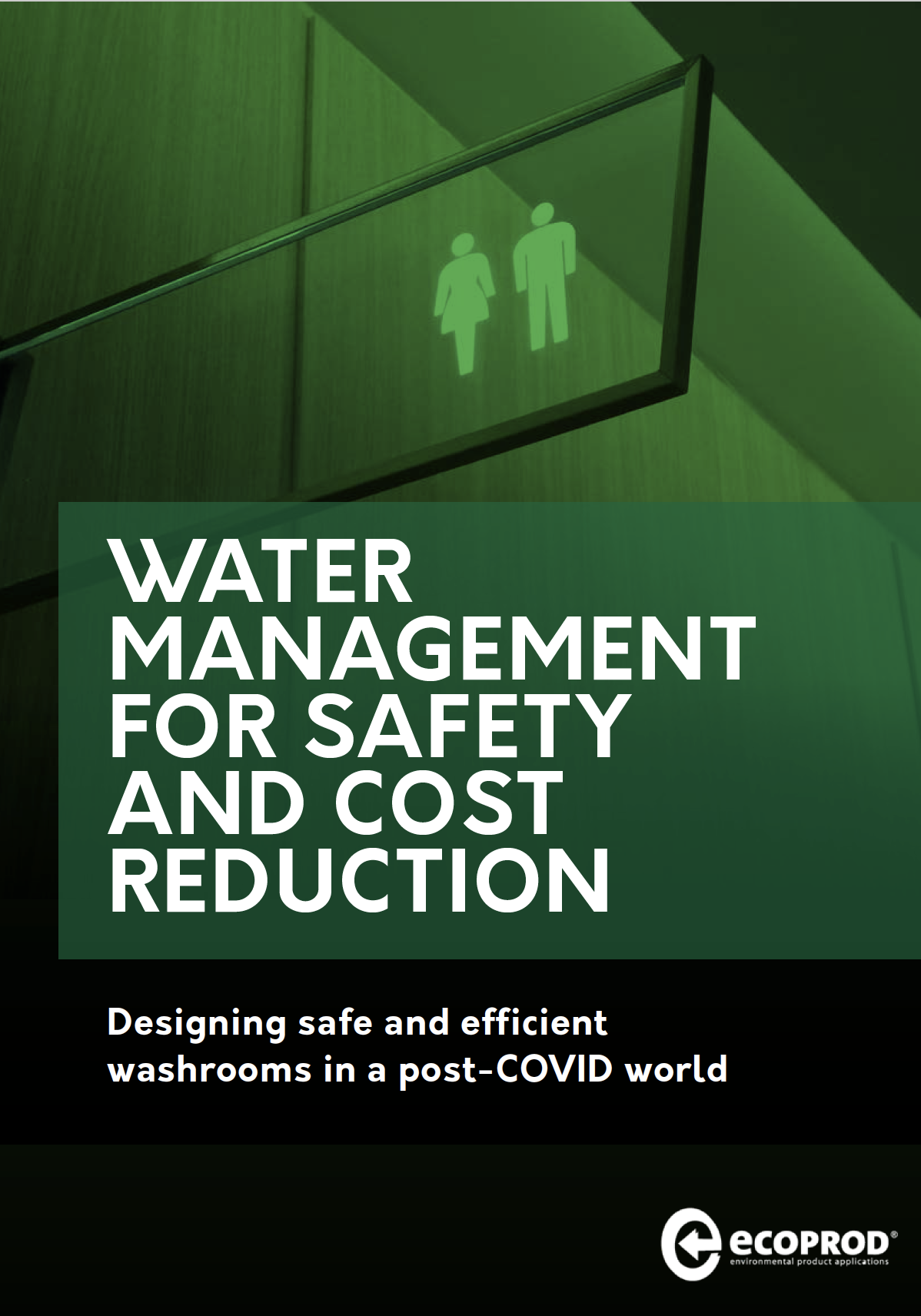



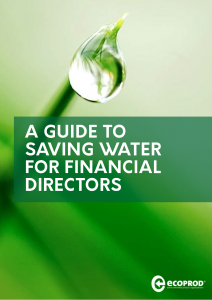
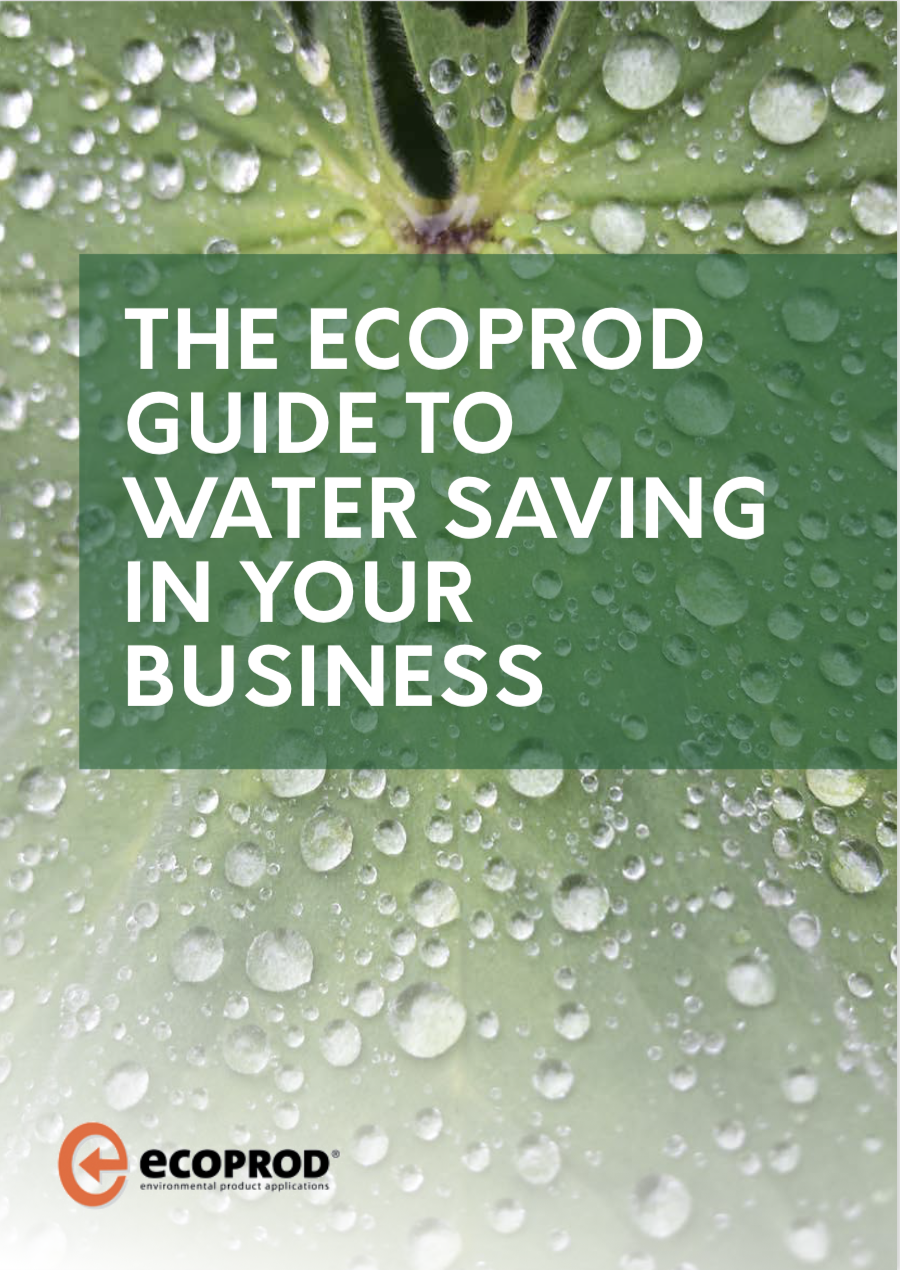
Comments are closed.